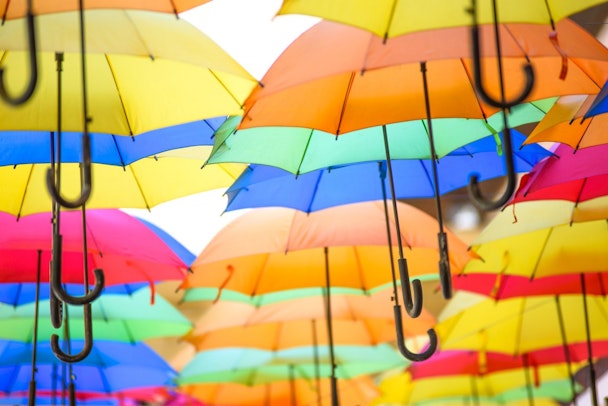Diversity, inclusivity and equality, isn’t it all just about plain and simple humanity?
Let’s be hypothetical for a moment. The year is 2005, and you’re an alien from another planet. You catch a signal. It’s a TV ad break.

/ Pixabay
Through your extra-terrestrial television, it would appear Earth is a planet inhabited by straight, white, upper-middle class men who drive fast cars surrounded by svelte, half-naked women. There are straight, white, upper-middle class women too, but they mostly just clean, cook and look after children.
On Earth however, it’s a different picture. The world is a diverse jumble of people and cultures. And yet, in the ad-break it’s clear that hasn’t transposed to brands and media.
Fortunately, in the last decade or so, good ground has been made. But the road is long and our journey has only just started. When people think of diversity, immediate lines are drawn: race, gender, sexual orientation. But diversity goes far beyond those three. Class, disability, religion, age for example.
Diversity is a complex topic, and one that must be addressed, readdressed, and addressed again. There needs to be an earthquake, a seismic cultural shift along the diversity fault line, led by brands and media.
It is no longer appropriate for brands to avoid targeting diverse audiences because of complications, sensitivities or affiliations. It is damaging. A lack of representation in communications is adding to the cultural marginalisation of these audiences.
Consider people with mental health conditions. Mind reports that 1 in 4 people in the UK suffer from mental health problems each year. When was the last time you saw them represented in an ad?
Clearly this isn’t good enough. The world presented in communications is the never-ending narrative of our daily lives. What consumers see in the media dictates how they understand life. A lack of representation further accommodates the growth of fear and discrimination. Embracing diversity therefore, is plain and simple humanity.
Brands have a duty to embrace diversity. But they also have a responsibility to offer a positive representation of the audience in a way that isn’t tokenistic, stereotypical, or tone deaf.
Consider advertising you’ve seen for elderly people. Slow. Set in their ways. No longer capable of learning new things. If you’re an elderly person, does that represent how you feel about yourself? If you see that messaging often enough, you soon will.
Likewise with messaging targeted at the LGBTQ+ community. Too many ads feature camp, flamboyant, diva-ish men. Advertiser’s interests have pivoted towards the gay community quickly, from disinterest to tick-box in one fell swoop. But the apparent representation is mostly gay, white men. It’s a step in the right direction but nowhere near the full picture.
Brands can play a pivotal role in normalising difficult subjects, and helping to create social cohesion. People want to see similarities instead of focusing on the differences. It conveys that we are all human. Shared experiences breed empathy.
H&M has done this well over the years. It has featured veiled Muslim women, a black transgender model, women with shaved heads. Sure it's got it wrong a couple of times, but when a brand gets it right, the spirit of that brand is reinforced. Further, it needs to be authentic. Too many cringe-inducing, often-offensive ads are made. Get it wrong and Twitter will eat you alive.
This presents a problem. The wrath of social media can dissuade brands from trying. You can’t get it wrong if you don’t try at all. At 23red we have experience working with a number of diverse groups – from reaching BAME audiences with our client NHS Blood and Transplant, to supporting vulnerable audiences with Public Health England, or changing attitudes and behaviours towards equality with the Equality and Human Rights Commission.
Brands who treat diversity merely as a communications tool are doomed to fail. It requires a culture change at the core of your business. Practice what you preach – from employment policy through to packaging and product. Companies in the top quartile for both gender and ethnic diversity have been proven to be more likely to outperform their peers, to the tune of 15% and 35% respectively according to McKinsey research.
But ultimately it shouldn’t be about your bottom line. It’s about humanity, and doing the right thing. It’s about not making groups feel like they are an alien, floating around, observing a planet on which they do not belong.
Jane Asscher is chief executive and founding partner at 23red
